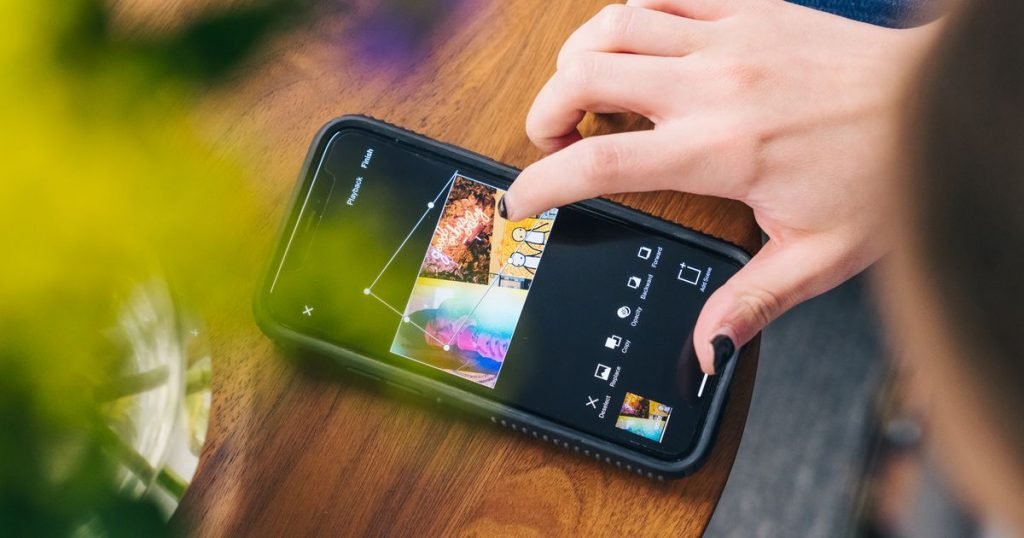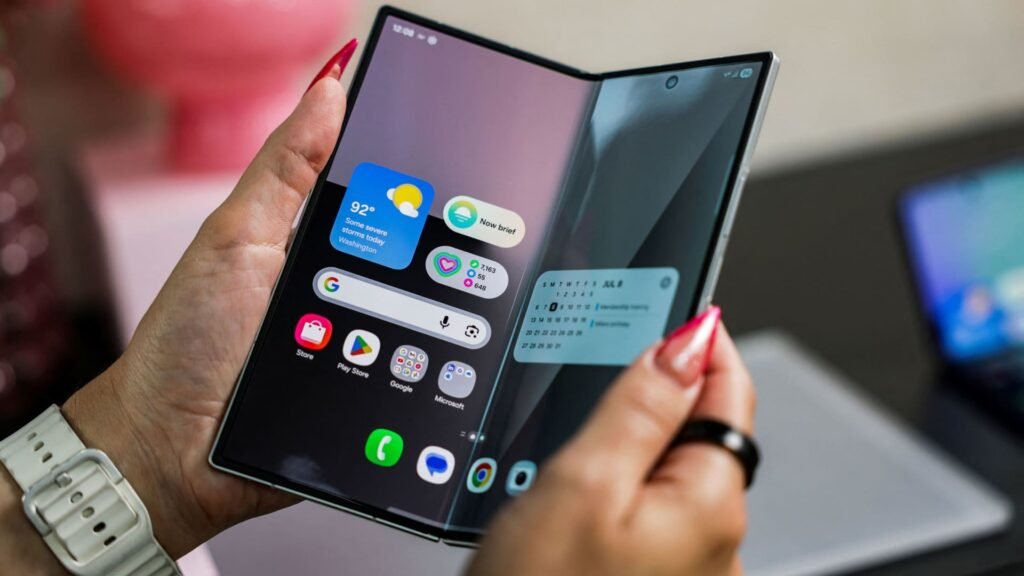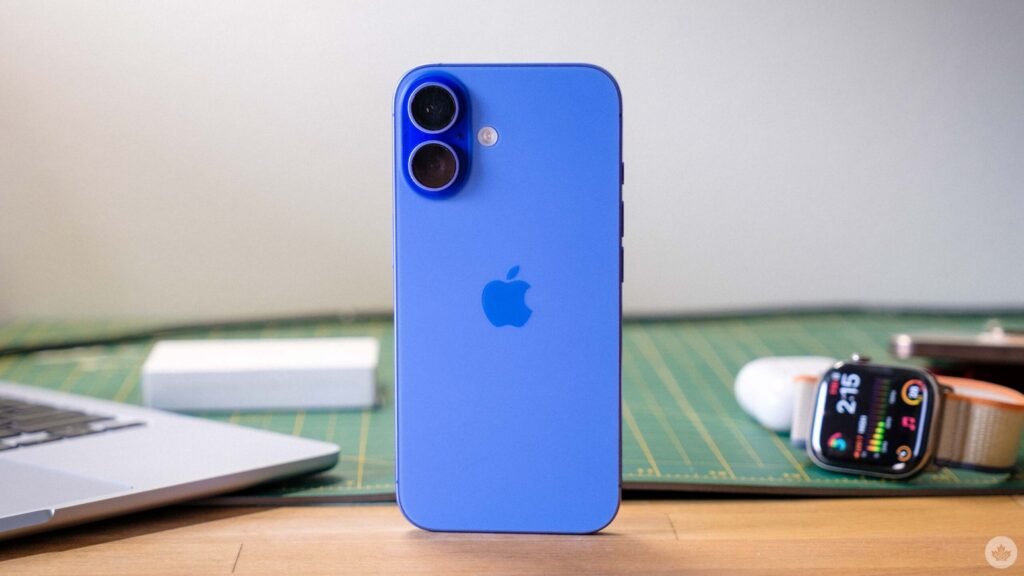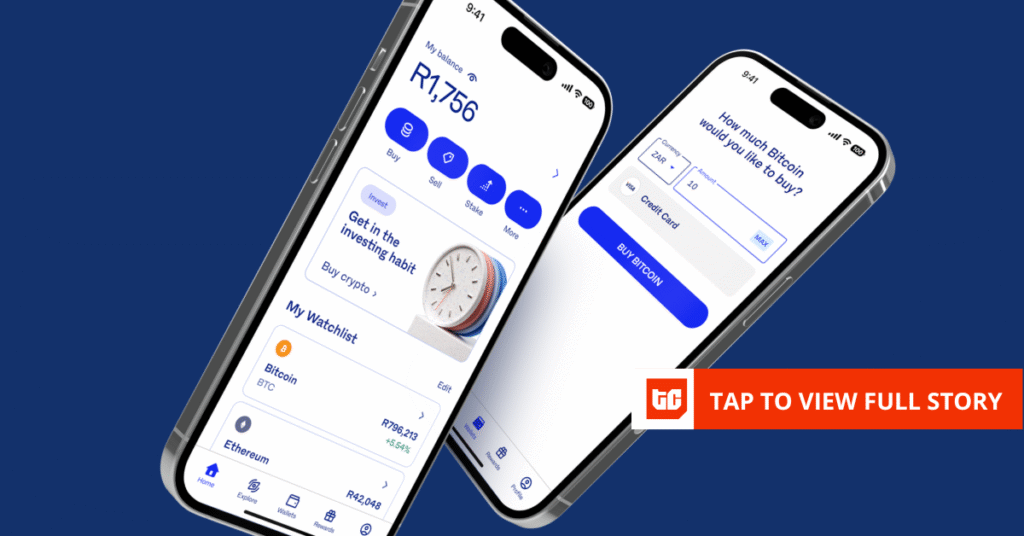The 6 best photo-editing apps you need to download on your iPhone

The iPhone has improved a lot over the years, especially when it comes to the camera.
Just look at the iPhone 11 Pro. That bad boy comes complete with a triple rear camera setup (each of which are 12-megapixels) and a telephoto lens. Your pictures have never looked better.
But even though Apple has upped the ante in terms of hardware, it’s highly unlikely you’ll upload a picture to social media without slightly altering at least some part of it.
Luckily, there are some great alternatives to settling for those basic Instagram filters or sticking to the built-in camera tools. Because every single one of us needs all the “likes” we can get. And because #nofilter is no longer a thing.
Here are six of the best iPhone photo-editing apps to download right now.
Bye, Instagram filters. Hello, beautifully edited photos!
1. VSCO
Wonder if she’s a VSCO Girl.
Image: vsco
Ahhhh, a nice community that doesn’t judge you for not getting enough “likes.”
Image: vsco
I’m not sure there will ever be a time when my mind doesn’t associate the word “VSCO” with the word “girls.” But behind the viral trend is a photo-editing app that’s a bit unique from the rest.
If you opt for the free version, you’ll have access to basic tools to edit RAW images — like contrast, saturation, texture, crop, and skew. There are also 10 different VSCO presets (also known as filters) to choose from.
If you’re willing to pay $20 per year, you’ll unlock the more advanced photo editor tools, like split tone and HSL. You can also use the app edit videos, create short GIFs, and use the Montage feature to piece together content to create video collages.
Oh, and you’ll also have tons more presets to choose from, you photography pro. Like, over 200. So many options for your pictures!!
When you’re done with your photo masterpiece, you can either export it to upload to different social media platforms or post it to the VSCO community. The best part: There are no “likes” or comments, so you won’t have to constantly refresh the post to see how it’s doing.
Don’t worry, we’re all guilty of it.
2. Snapseed
You’ve got plenty of photo filters to choose from.
Image: brenda stolyar / mashable
Look at allllll the tools to edit your photos.
Image: brenda stolyar / mashable
With Snapseed, in addition to different filters, there are tons of photo editing and adjustment tools, too.
Coming from someone who mostly edits only the brightness and saturation on her photos, I’ve never even heard of some of what the app offers, but that doesn’t mean these tools are useless. They’re just more on the level of professional photographer effects.
With over 30 edit tools and filters to choose from, you can use things like lens blur (for Bokeh), tune the exposure, boost shadows, adjust the white balance, and more.
It sounds intimidating, but the Snapseed app is super straightforward and easy to navigate for all your photography needs. And, for you newbies out there, there are plenty of photo editor tips and tutorials to read through to help you get the most out of the app.
3. Adobe Photoshop Express
Photoshop your pictures with a cool Bokeh effect.
Image: adobe Photoshop express
Remove red eye from your photos, it’s not welcome here.
Image: adobe photoshop express
Photoshop Express is more like a “lite” version of the original photo-editing software, built specifically for your phone. It’ll set you back $9.99 per month.
You can use the Photoshop app to remove red-eye or noise, adjust contrast, or crop and straighten images. To enhance the photos, you can also adjust color temperature and vibrancy, or add filters. And then there’s the more fun stuff, like adding borders, texts, stickers, and texts to your images. You can literally create your own memes while you’re at it.
If you have an abundance of snapshots, there’s a handy-dandy photo collage feature, too.
4. Afterlight
How to make your photos look vintage? We got you.
Image: afterlight
Touch tools let you edit specific parts of each photo.
Image: afterlight
While Afterlight offers tools that are similar to those of other photo-edit
Be the first to write a comment.











